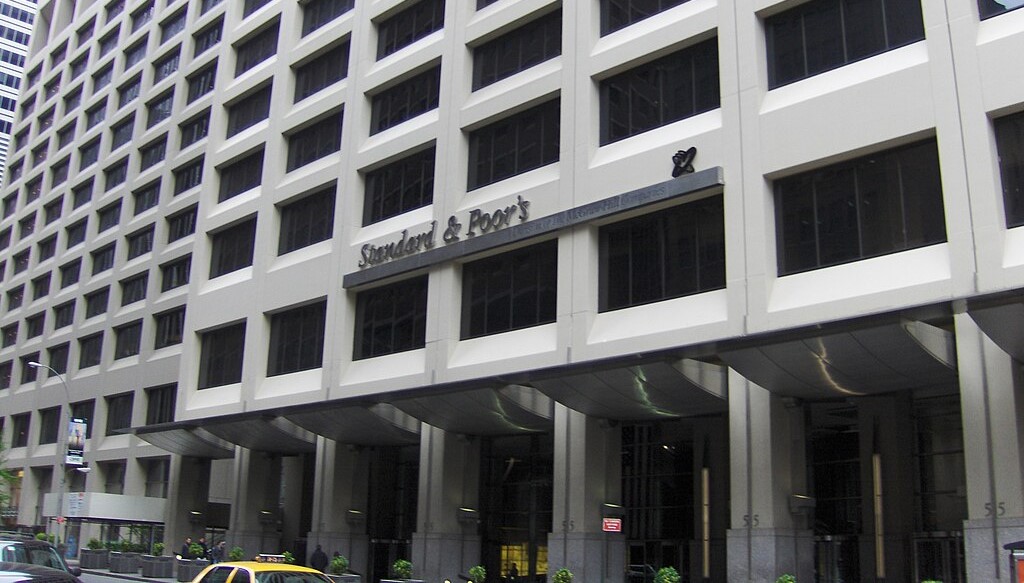Key Takeaways:
I. Sustained high real yields (1.8% on 10-year UST) fundamentally alter asset valuation models and dismantle prior growth assumptions.
II.
III.
The Federal Reserve's decision to hold its policy rate within the 4.25%-4.50% range, representing a multi-decade high, alongside upward revisions to its 2026 (3.6%) and 2027 (3.4%) projections, signals a profound structural recalibration of the global macro-financial architecture, moving beyond mere cyclical management. This shift is underscored by the persistence of high real yields, with the 10-year US Treasury note currently trading at 1.8% in real terms, fundamentally dismantling previous growth and valuation assumptions predicated on near-zero rates. Concurrently, escalating currency crises in key Emerging Markets (EM) and subtle shifts in banking sector regulation are actively reshaping global capital flows and, critically, venture capital pathways. This analysis delves into how these interconnected forces necessitate a fundamental reassessment of investment strategies, risk management frameworks, and capital allocation for both venture capitalists and established corporates navigating this structurally transformed landscape.
The High-Yield Imperative: Revaluing Growth in a New Rate Regime
The sustained presence of a 1.8% real yield on the 10-year US Treasury note marks a definitive break from the post-Global Financial Crisis era of financial repression. This elevated cost of capital directly impacts asset valuation models, particularly for long-duration assets like technology stocks and venture-backed startups whose value is heavily reliant on distant future earnings. The previous paradigm, where near-zero discount rates inflated Net Present Values (NPV), is now obsolete. Policymakers face a complex challenge: core services inflation, standing at 2.8% for Core CPI and 2.6% for Core PCE in May 2025, remains sticky, defying rapid descent towards the Fed's 2% target despite the policy rate being at a multi-decade high. This persistence is reflected in the overall CPI figures, which increased from 3.1% in January 2024 to 3.5% in March 2024, suggesting that the Okoone report's context of inflation barely staying within 2-3% underestimates underlying pressures.
Securing the Future: Strategic Agility in a High-Rate World
The global economy is undergoing a structural transformation, driven by the Fed's pivot to sustained higher real yields (1.8%), persistent inflation (Core CPI 2.8%), and fragmented global dynamics marked by EM stress and capital re-routing. This is not a temporary cyclical adjustment but a new operating environment. For venture capitalists and corporates, success requires abandoning outdated growth paradigms and embracing a data-intensive, risk-aware, and strategically agile approach. This means rigorously evaluating talent arbitrage opportunities (e.g., US vs. Europe tech wages 48% difference), stress-testing supply chain resilience against EM volatility (e.g., Vietnam FDI -35%), and prioritizing capital efficiency. Adapting to this new normal is not optional; it is essential for navigating the challenges and seizing the opportunities in a landscape fundamentally reshaped by the end of the zero-interest rate era and increasing global fragmentation.
----------
Further Reads
I. Rising Increases in Compensation Are Set to Remain in 2023 and 2024 | Engineering News-Record
II. Salary Trends - 2025 Dice Tech Salary Report - Tech Professionals

